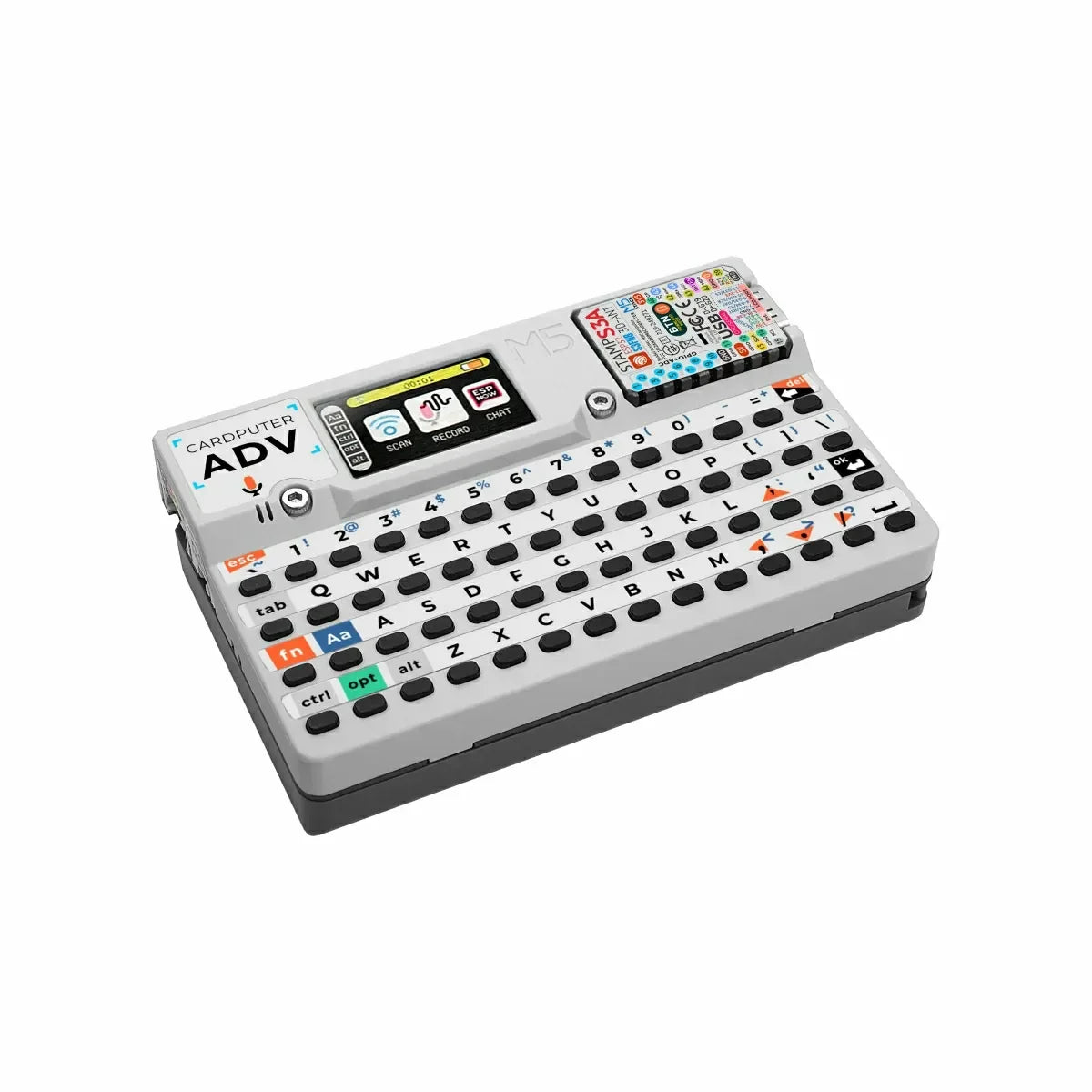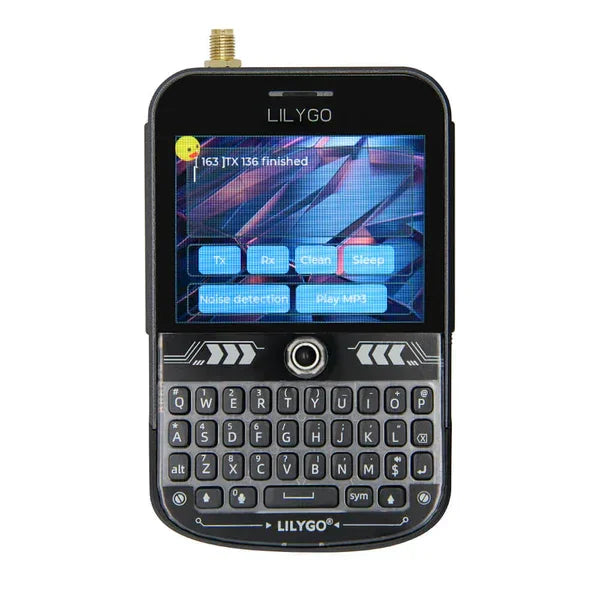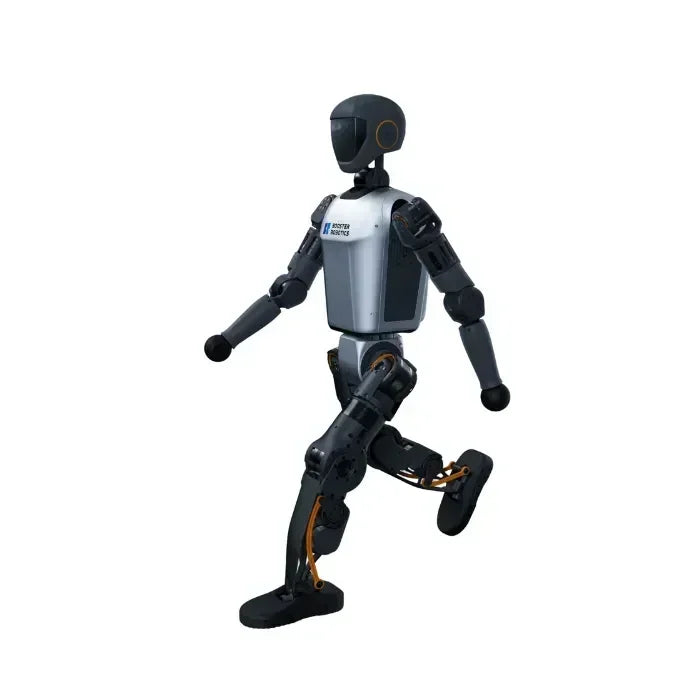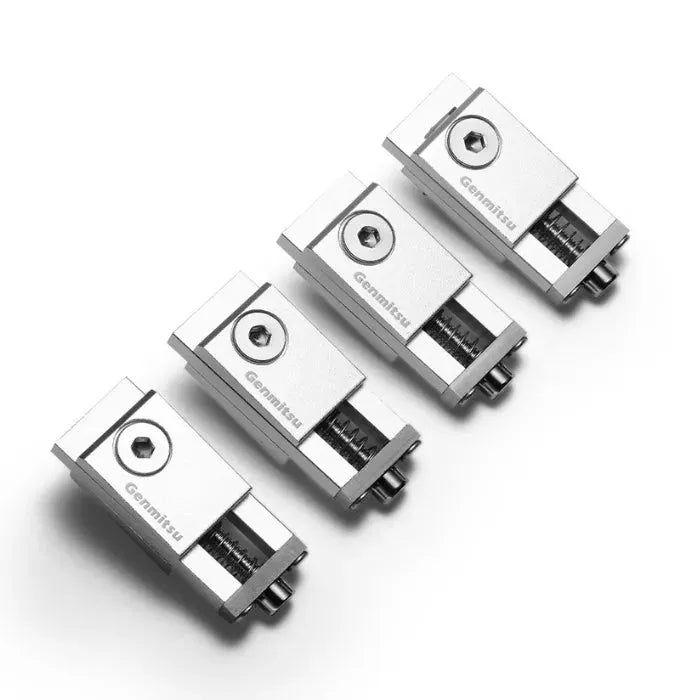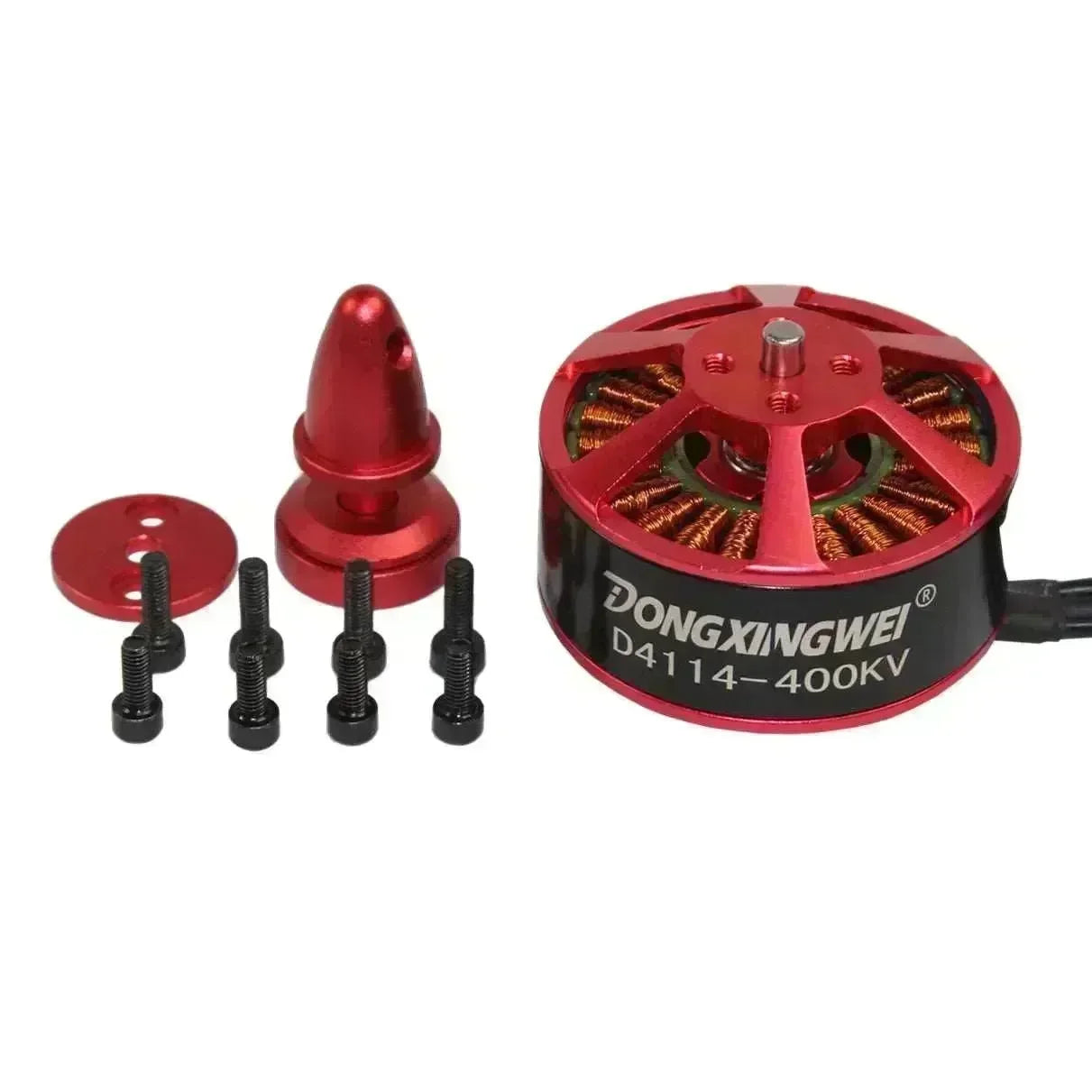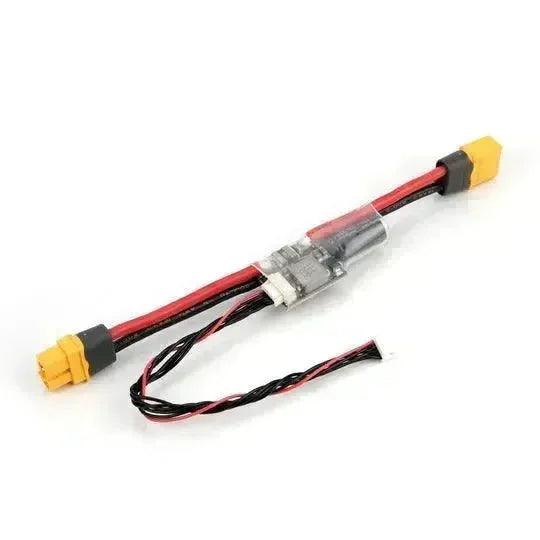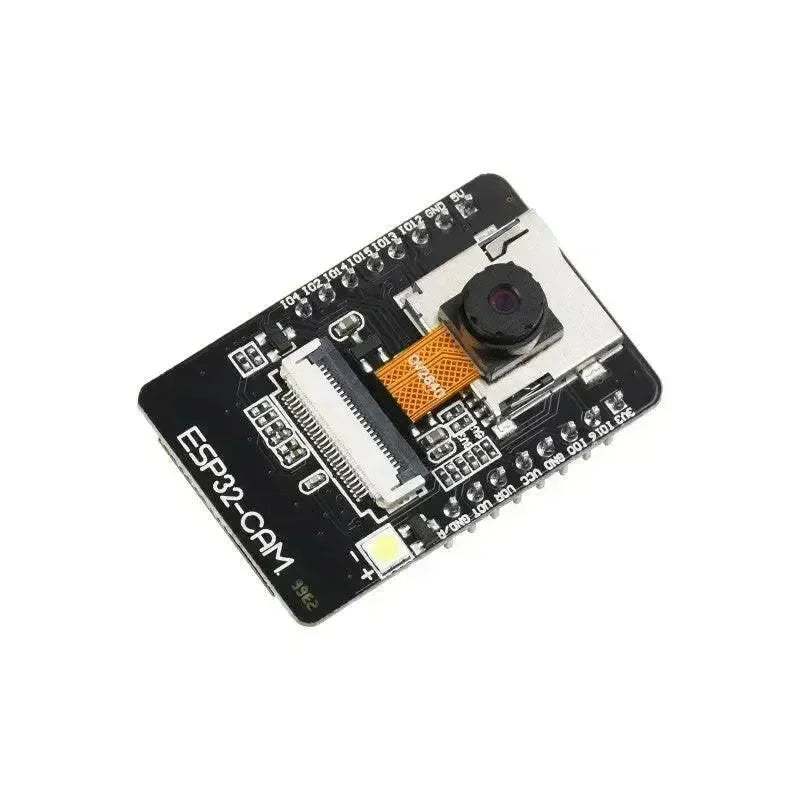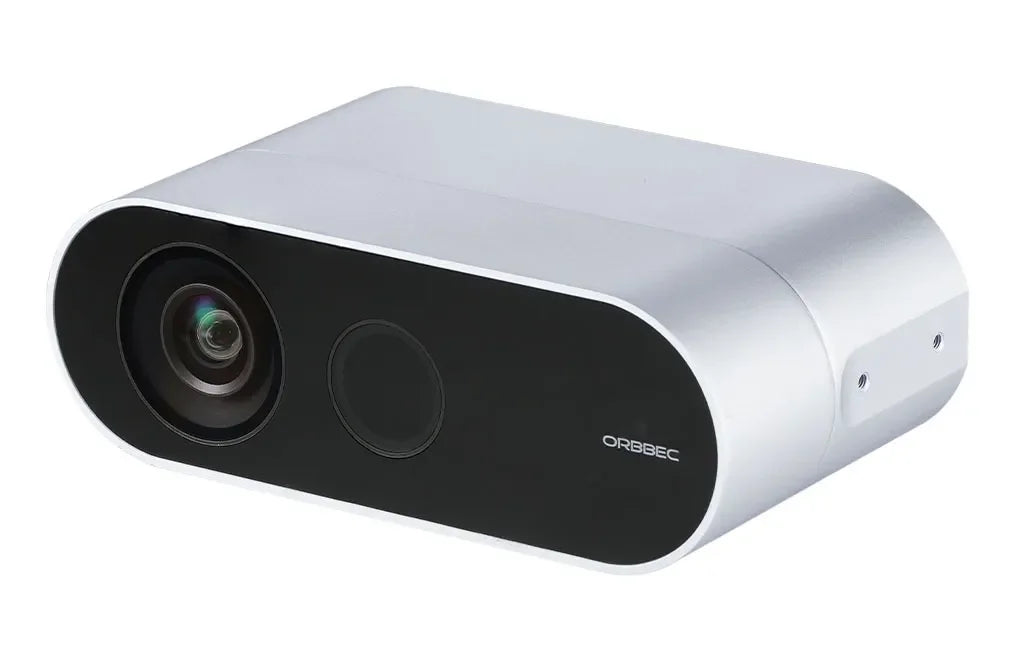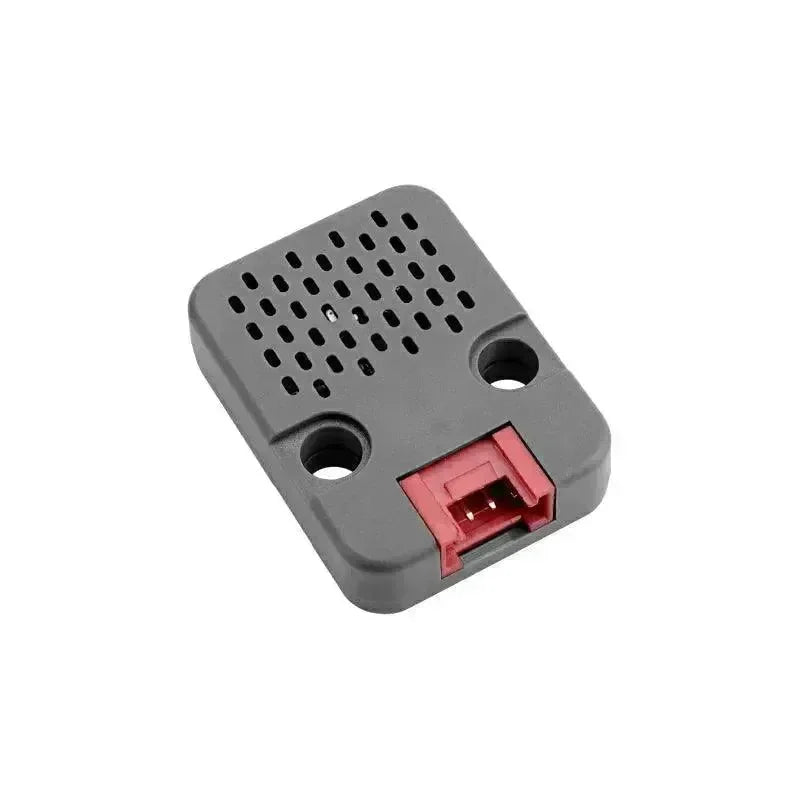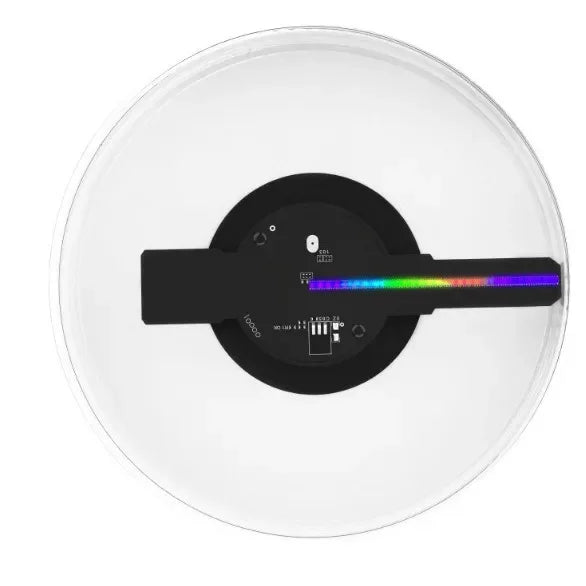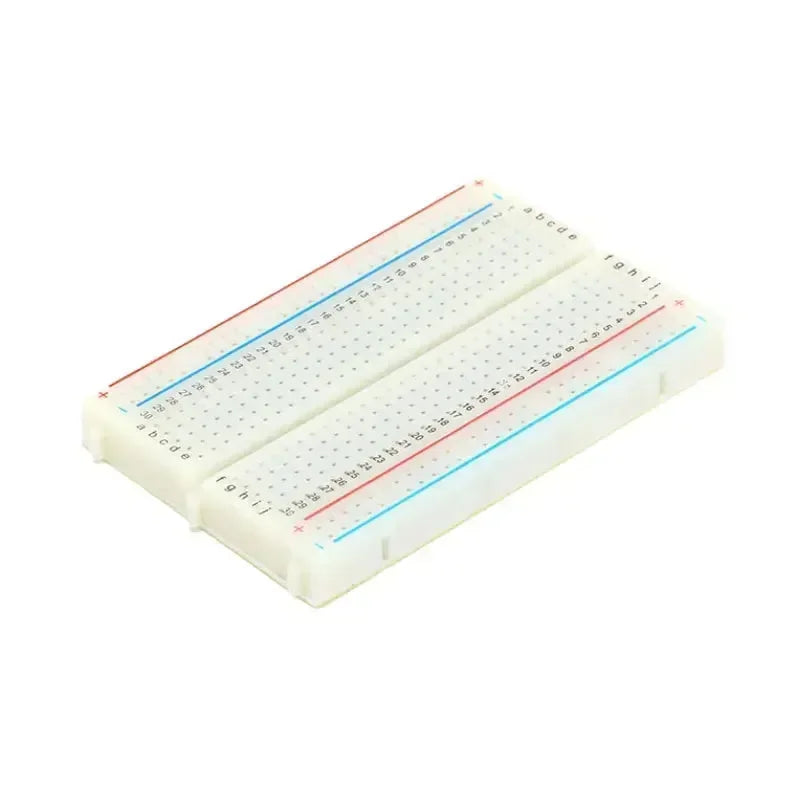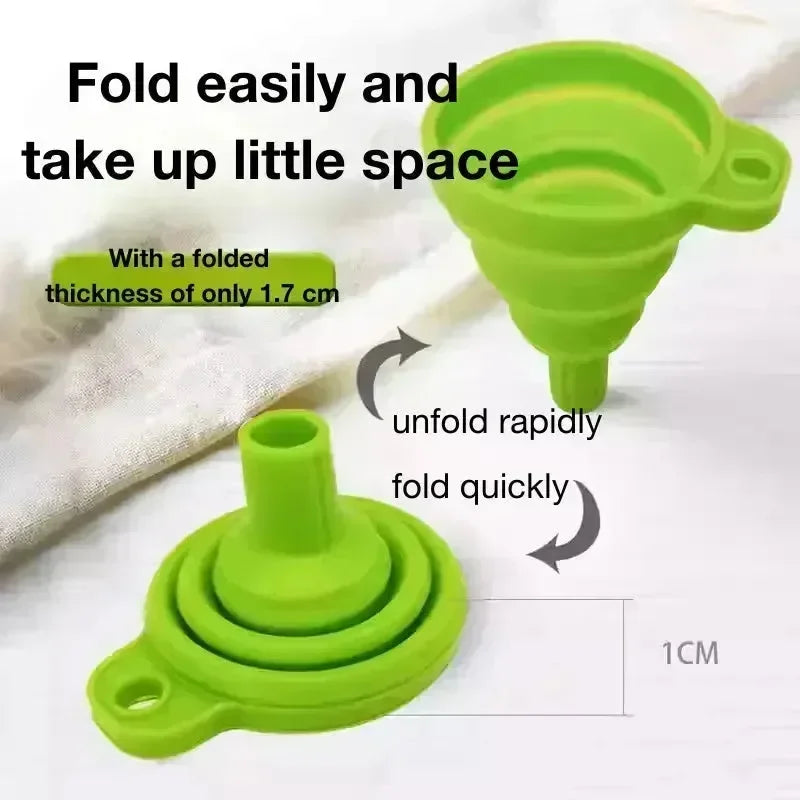What is Raspberry Pi Pico 2
Introducing the Raspberry Pi Pico 2, Raspberry Pi next-generation microcontroller board featuring the RP2350. This new high-performance, secure microcontroller is designed by Raspberry Pi.
Key Highlights:
-
Higher core clock speed
-
Twice the memory
-
More powerful Arm cores
-
Enhanced security features
-
Upgraded interfacing capabilities
Pico 2 offers a significant boost in performance and features while maintaining compatibility with earlier Pico series boards.

RP2040
In January 2021, they took everyone by surprise with the launch of the original Pico and the RP2040 microcontroller. Over the past three and a half years, they sold nearly four million units of Pico and its wireless sibling, Pico W. The RP2040 has been widely adopted in various third-party development boards and OEM products, from pinball tables to synthesizers.
Having used many microcontrollers over the years, raspberry pi designed the RP2040 to be the ideal microcontroller: featuring two fast 32-bit cores, ample on-chip RAM, and flexible interfacing through our programmable I/O (PIO) subsystem. This design allows developers to maximize the system’s concurrent power. They are seen impressive demonstrations of this power, including Graham Sanderson’s port of DOOM, Dmitry Grinberg’s port of PalmOS, and Kevin Vance’s “CPU-less” Commodore 64 cartridge.
While the RP2040 has exceeded our expectations, they knew they could improve. Some features didn’t make it into the first version, such as on-chip storage, lower-power idle states, and additional package options. Additionally, users requested faster cores, more RAM, and enhanced code protection.

RP2350
Two years ago, after completing the RP1 I/O controller for the Raspberry Pi 5, the Raspberry Pi chip team embarked on developing the RP2350. This new chip is significantly more advanced than the RP2040, offering:
-
Two 150MHz Arm Cortex-M33 cores with floating point and DSP support
-
520KB of on-chip SRAM across ten concurrently accessible banks
-
Comprehensive security architecture based on Arm TrustZone for Cortex-M, including:
-
Signed boot support
-
8KB of on-chip antifuse one-time-programmable (OTP) memory
-
SHA-256 acceleration
-
A hardware true random number generator (TRNG)
-
-
On-chip switch-mode power supply and low-quiescent-current LDO
-
Twelve upgraded PIO state machines
-
New HSTX peripheral for high-speed data transmission
-
Support for external QSPI PSRAM
The image shows two RP2350 microcontrollers. The chip on the left features the Raspberry Pi logo, a stylized raspberry with a leaf, set against a sky blue background with thin white cloud wisps.
Unlike the RP2040, which only offers a single 7×7mm, QFN56 package option, the RP 2350 comes in two variants: a 7×7mm, QFN60 package (RP2350A) with 30 GPIOs, and a 10×10mm, QFN80 package (RP2350B) with 48 GPIOs. Each variant also has options with 2MB of stacked-in-package QSPI flash (RP2354A and RP2354B).
Despite the increased complexity, the RP2350A is only ten cents more expensive than the RP2040, costing $0.80 in 3,400-unit reels or $1.10 for single units. The RP2350B is ten cents more than the RP2350A, and the RP2354 variants are just twenty cents more than their flashless counterparts.
note: This product is priced including tax for the European region.

Documentation
Raspberry Pi is as much a software company as it is a hardware company. Developers interact with our hardware through our software platforms, and we invest significant time and resources into refining these platforms.
With the launch of Pico 2 and the RP2350, we are also releasing an updated Pico SDK, along with new MicroPython and CircuitPython images. Jonathan Pallant and his team have been working to bring the Rust language to our new platform.
We have partnered with the Trusted Firmware project to make the RP2350 the reference hardware platform for the Trusted Firmware-M 2.1.0 Long Term Support release. TF-M offers a reference implementation for PSA Certified on Arm v8-M chips, helping developers secure devices against common attacks. The RP2350 will undergo laboratory testing by an independent, certified lab, aiming for PSA Certified Level 2 before its October release.
Additionally, we are excited to collaborate with Google to launch the Pigweed SDK with native support for Pico 2. Pigweed’s middleware libraries are used in millions of devices, including Google’s Pixel devices and Nest thermostats. The Pigweed SDK will simplify the use of these components in your Pico 2 projects. Check out Google’s announcement page for more details!





